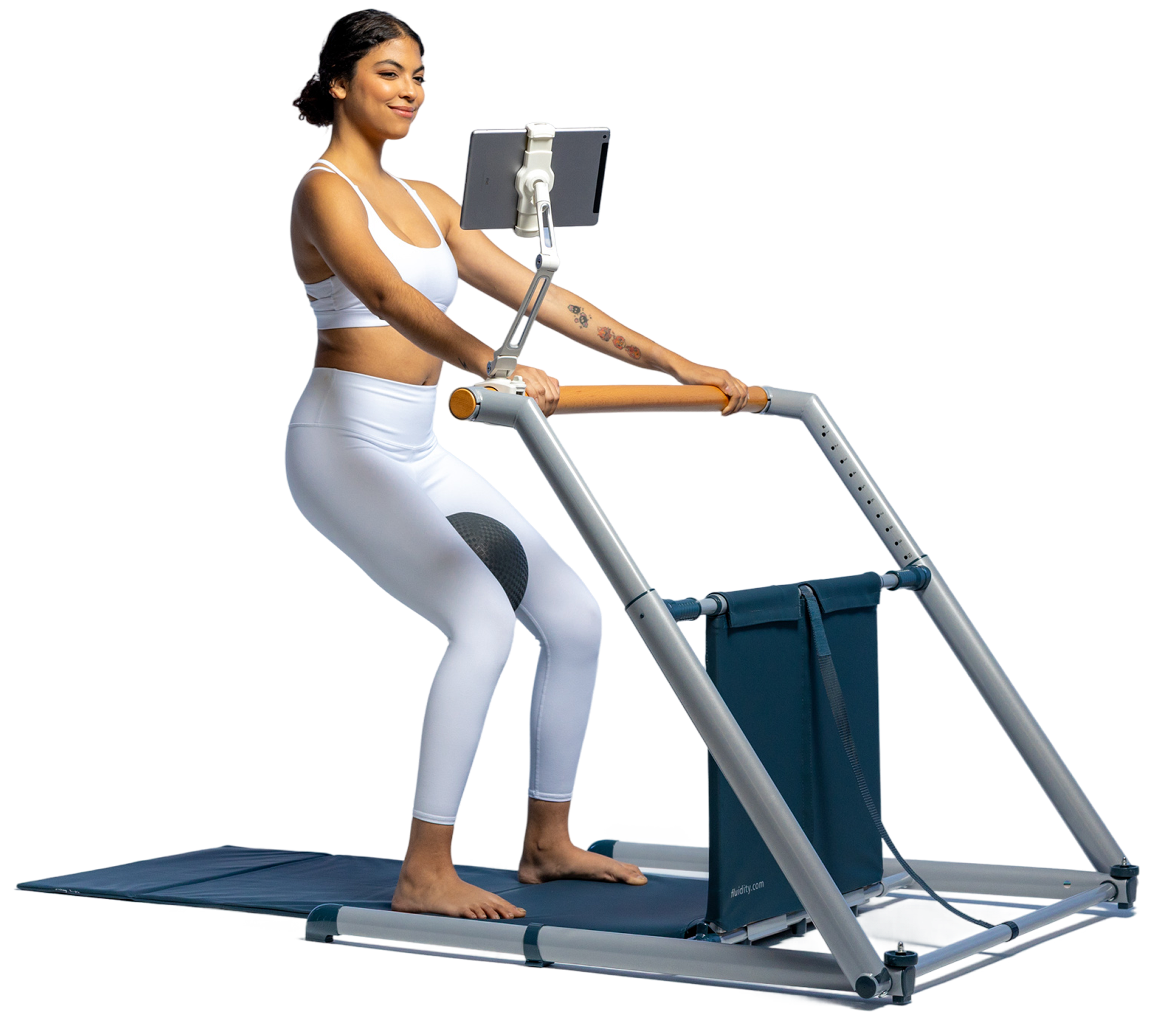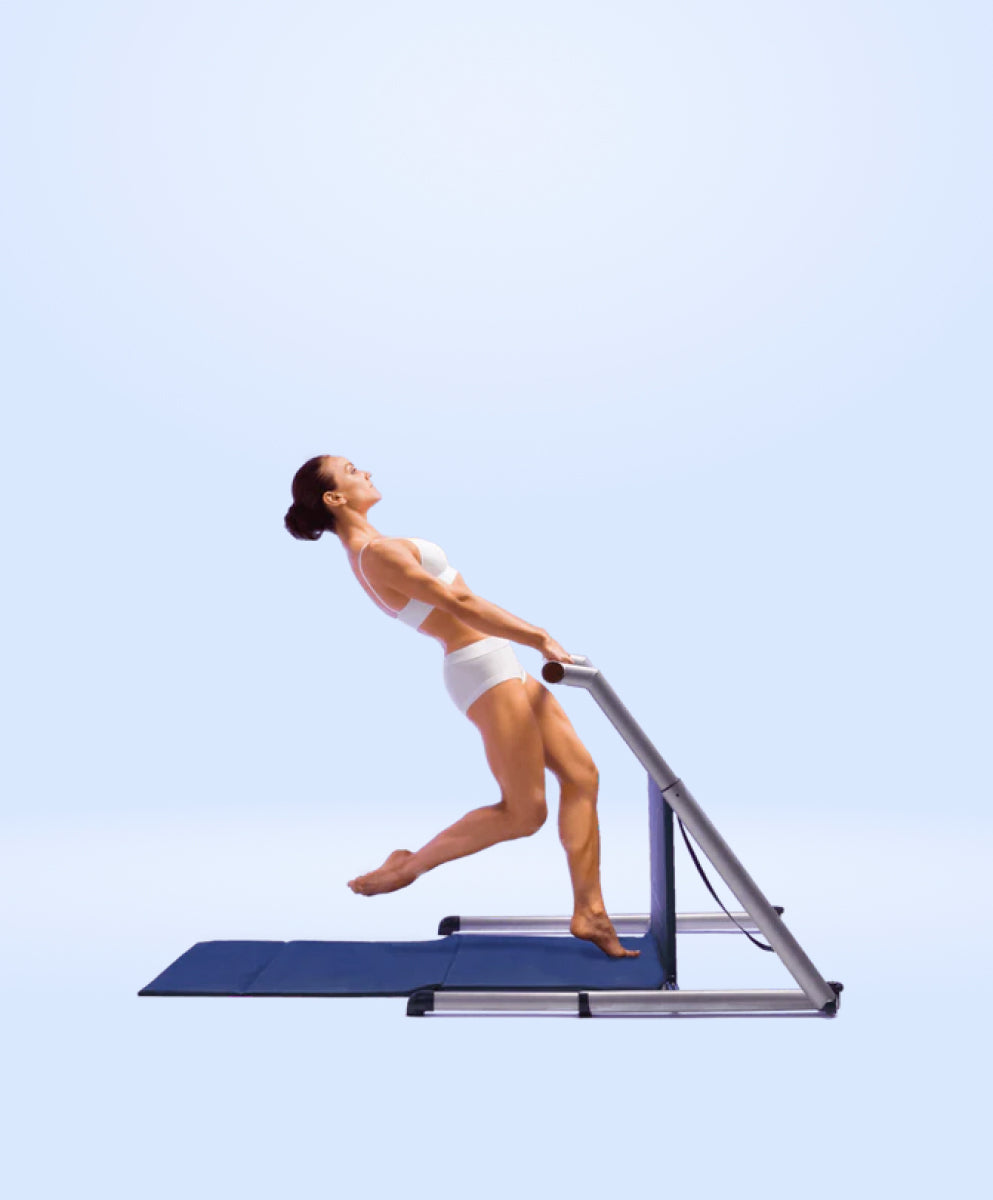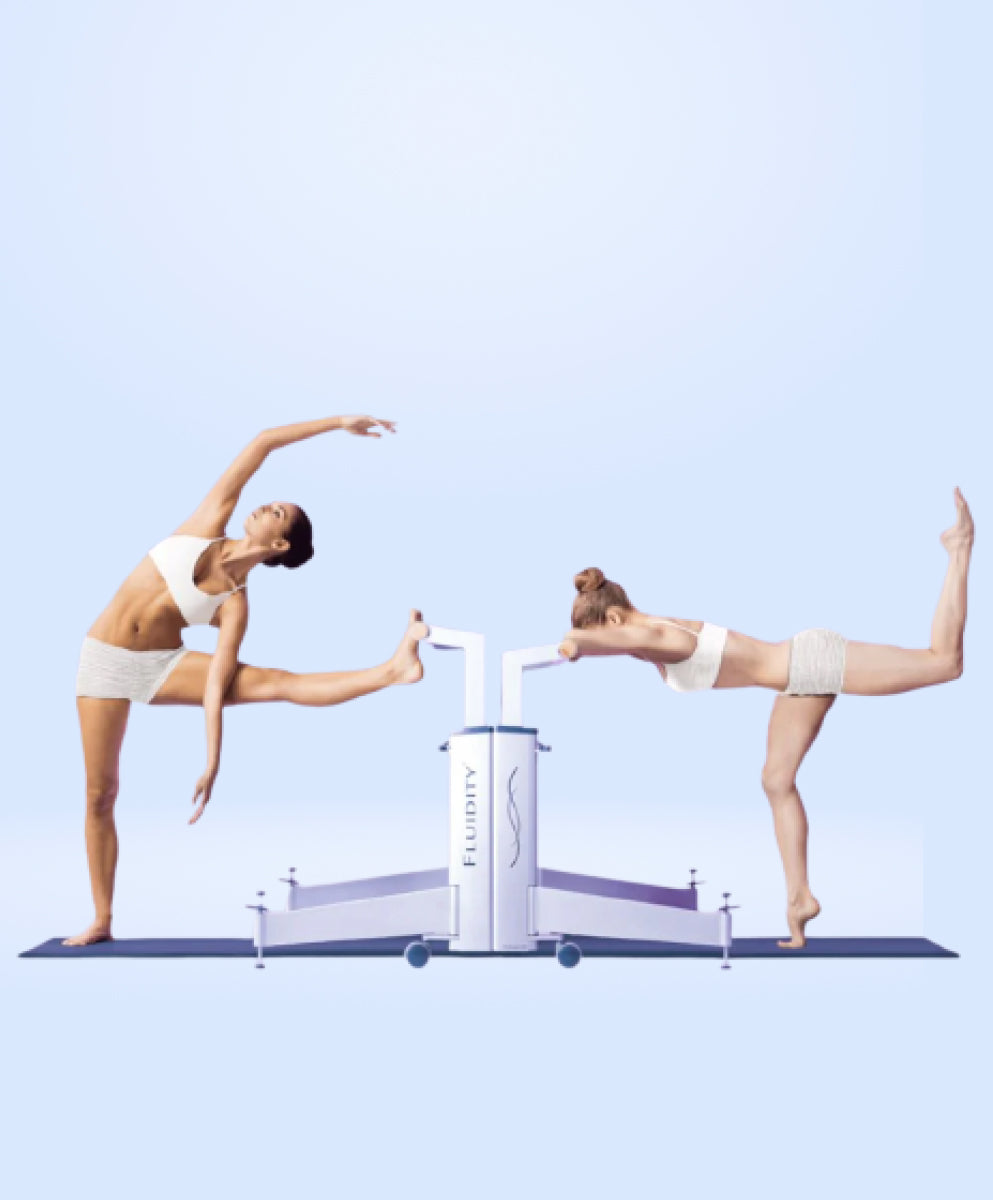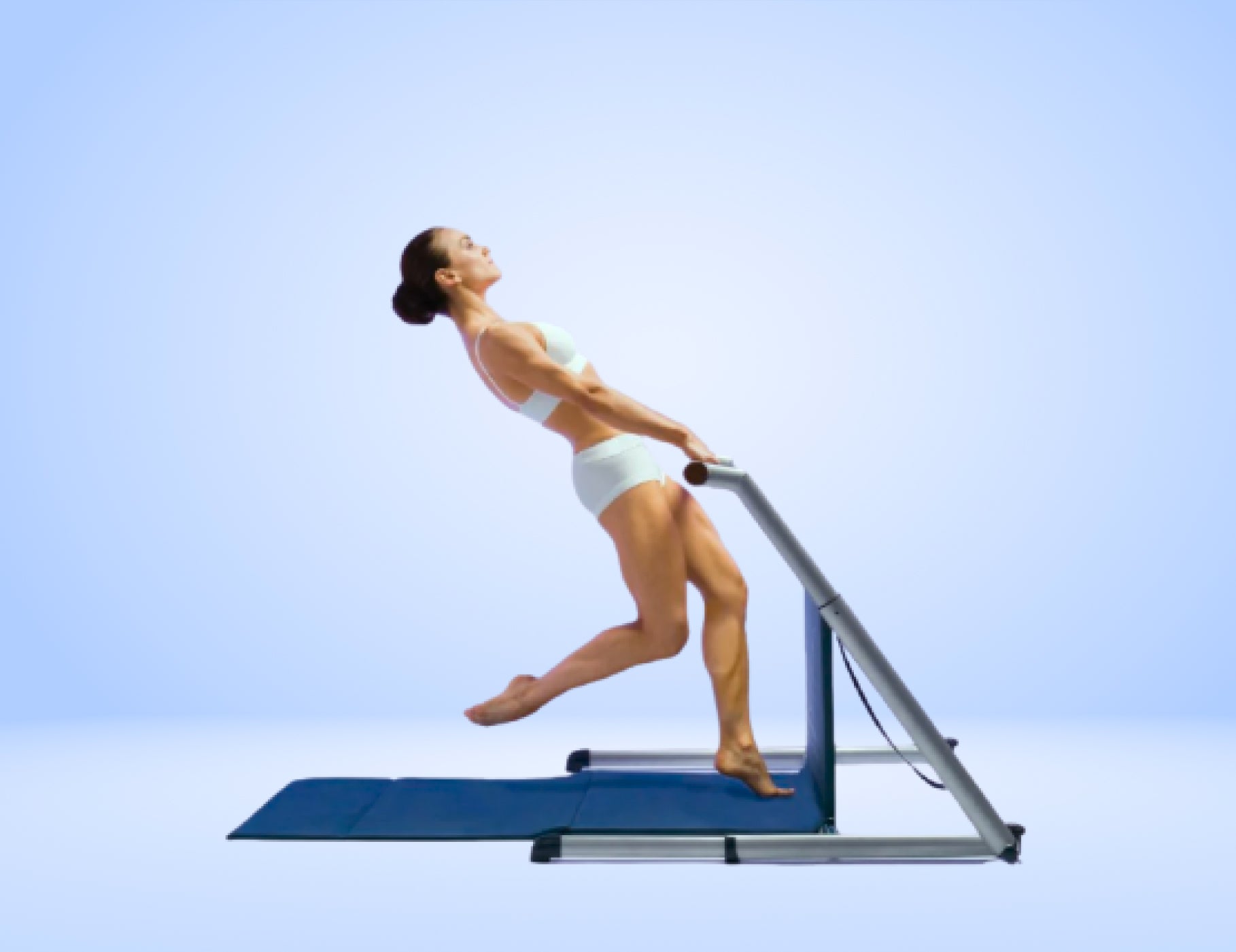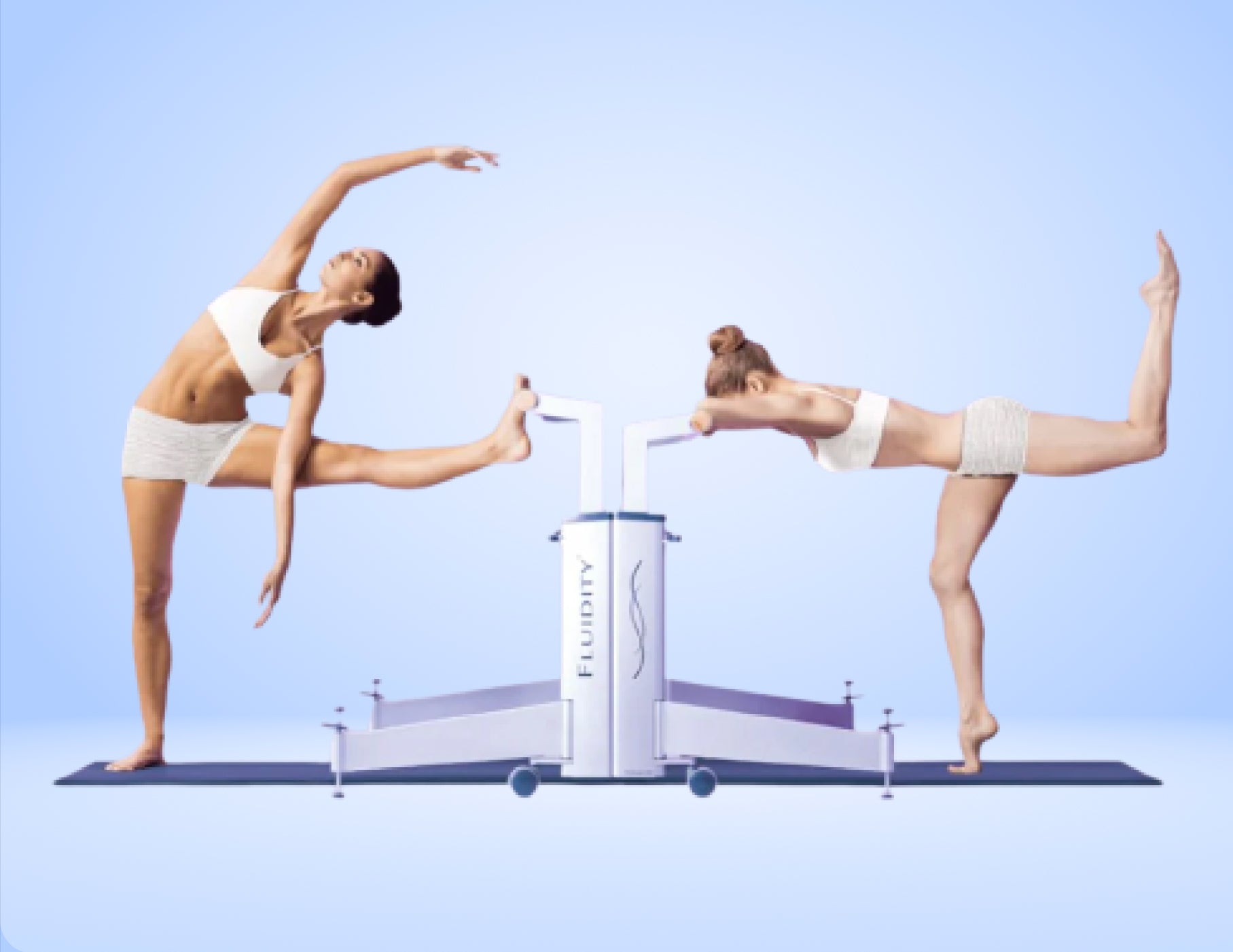How Fluidity Rx Helps With Urinary Control
- Fluidity Rx trains the pelvic floor muscles (PFM) for power, endurance, and coordination so that they control and close the urinary sphincter muscle, which closes the urethra and keeps the bladder “turned off” until it is time to urinate.
- Fluidity Rx trains the PFM to respond correctly to activities which increase intra-abdominal pressure, so that the PFMs control pressure and prevent excessive strain on the bladder and urethra which can cause leakage.
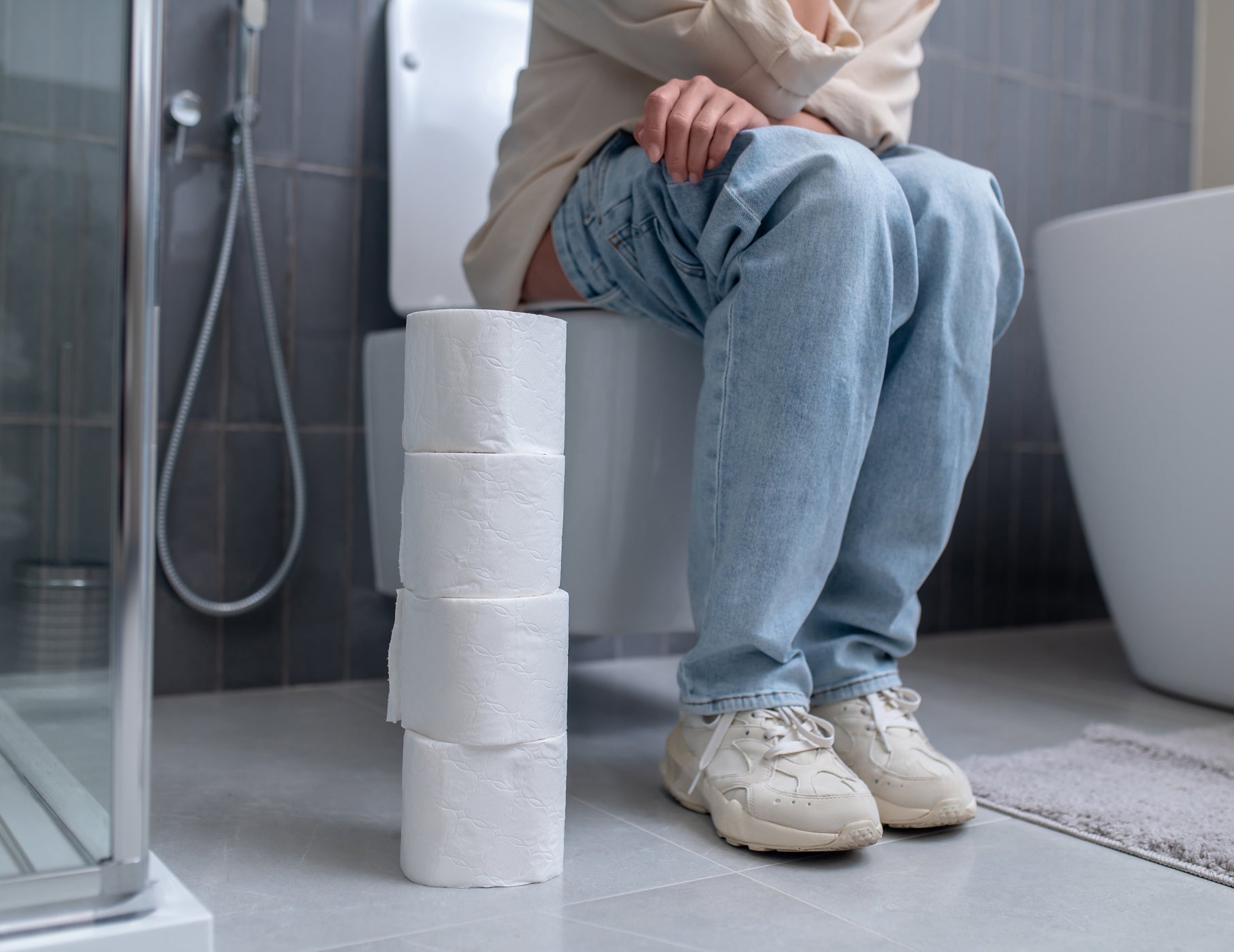
Urinary Control Dysfunctions Supported by Fluidity Rx:
- Urinary Incontinence (UI): stress UI, urge UI, mixed UI
- Urinary urgency and frequency
- Nocturia (nighttime urination)
- Interstitial Cystitis (Bladder Pain)
- Urinary Hesitancy (difficulty urinating)
Urinary control pelvic floor dysfunction (PFD) can happen with underactive or overactive pelvic floor muscles
How Misaligned Pelvic Tilts Lead to Urinary Control Issues
A misaligned pelvis can compromise urinary control by disrupting the structural and muscular coordination needed for bladder regulation. When the pelvis tilts or rotates, it strains the pelvic floor muscles and alters nerve signaling, making it harder to contract and relax properly during urination. This imbalance can lead to urgency, leakage, incomplete emptying, and even bladder pain.
1
2
3
4
Fluidity Rx Trains Users into a Neutral Pelvis
A neutral pelvis supports bladder control by aligning the pelvic floor muscles and urethral angle for efficient contraction and relaxation. This posture enhances nerve signaling and intra-abdominal pressure regulation, allowing the bladder to fill and empty without strain or urgency. With balanced muscular engagement and organ support, the body can maintain continence reflexively-without over-recruiting or guarding.
Your Core The Inner Unit
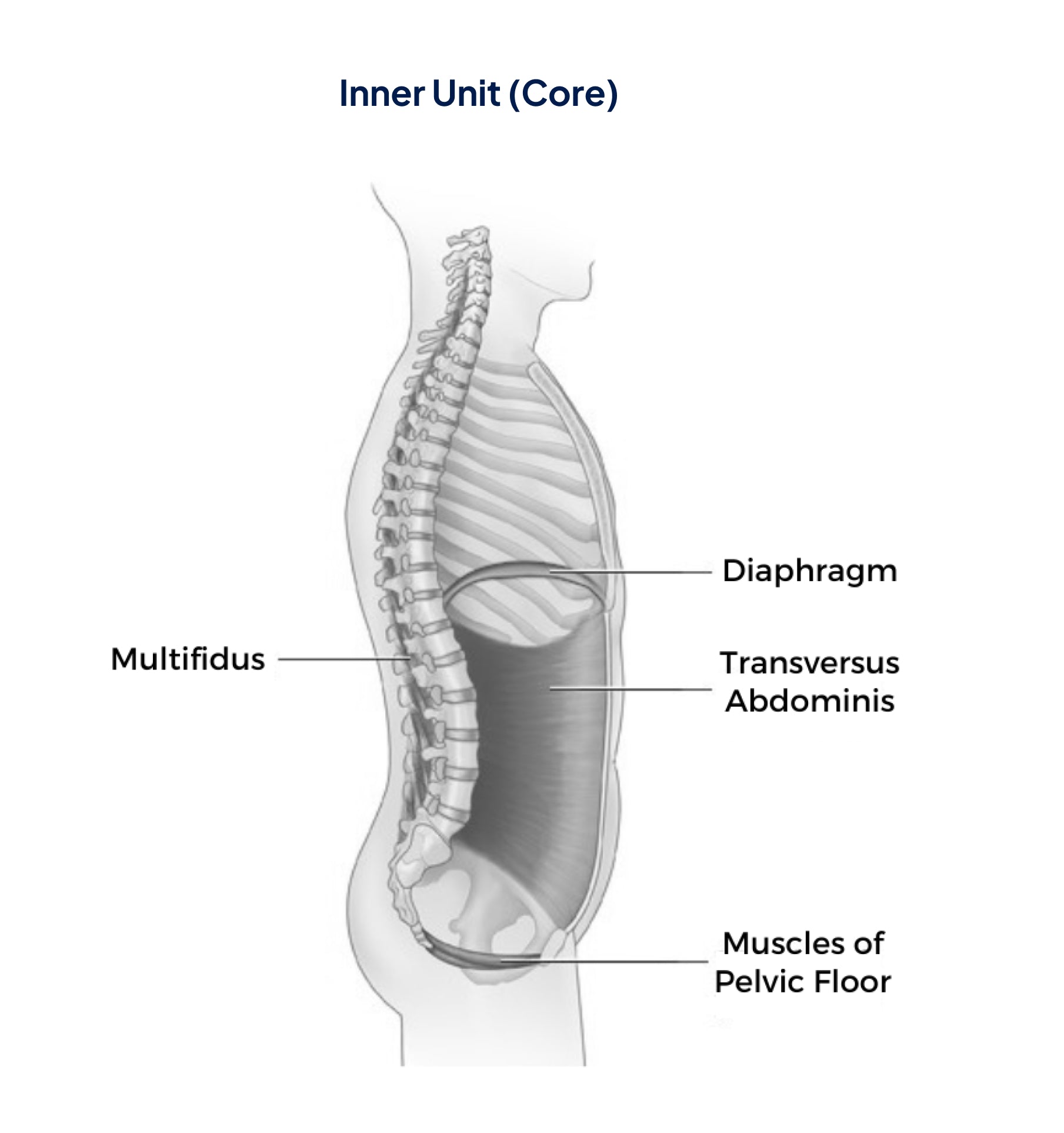
The Inner Unit automatically activates to:
- Control intra-abdominal pressure (the pressure in the abdomen between the lungs and the pelvic floor)
- Stabilize the spine and pelvis before you move your arms and/or legs during movement
When intra-abdominal pressure (IAP) is functioning optimally, It
- Helps Stabilizes the Spine and Core
- Coordinates Breathing and Movement
- Enhances Strength and Ensures Coordinated Force Distribution from the Torso to the Limbs.
- Supports Pelvic Floor and Organ Function.
- Promotes Postural Alignment

“Fluidity Rx provides the optimal method for not only pelvic floor muscle training but also to incorporate the pelvic floor muscles functionally into optimal movement patterns. Fluidity Rx training maximizes a person’s ability to modulate intra-abdominal pressure by the precise training of co-contraction of the pelvic floor with the abdominal, spine, and diaphragm muscles for inner core muscle strength.”
Dr. Cindy Neville
PT, DPT, WCS
Women with Stress Urinary Incontinence are 17 times more likely to heal if they strengthen their pelvic-floor muscles [1]
Women with Stress Urinary Incontinence are 17 times more likely to heal if they strengthen their pelvic-floor muscles [1]
